SIP Trunking Solutions for Global Enterprises
| Feature | Legacy Phone Lines | SIP Trunking with DIDlogic |
|---|---|---|
| Cost | High maintenance and line rental | Pay-as-you-go or per-channel |
| Scalability | Physical setup per branch | Instant, cloud-based scaling |
| Call Quality | Analog, inconsistent | HD voice, low latency |
| Multi-Location Integration | Independent systems | Centralized global network |
| Security | Basic encryption | End-to-end encryption, fraud protection |
| Reliability | Single points of failure | Geo-redundant, automatic failover |
Sign up with DIDlogic to explore SIP trunking and pricing instantly or talk to our sales team for a tailored setup.
How DIDlogic Powers Enterprise Communication
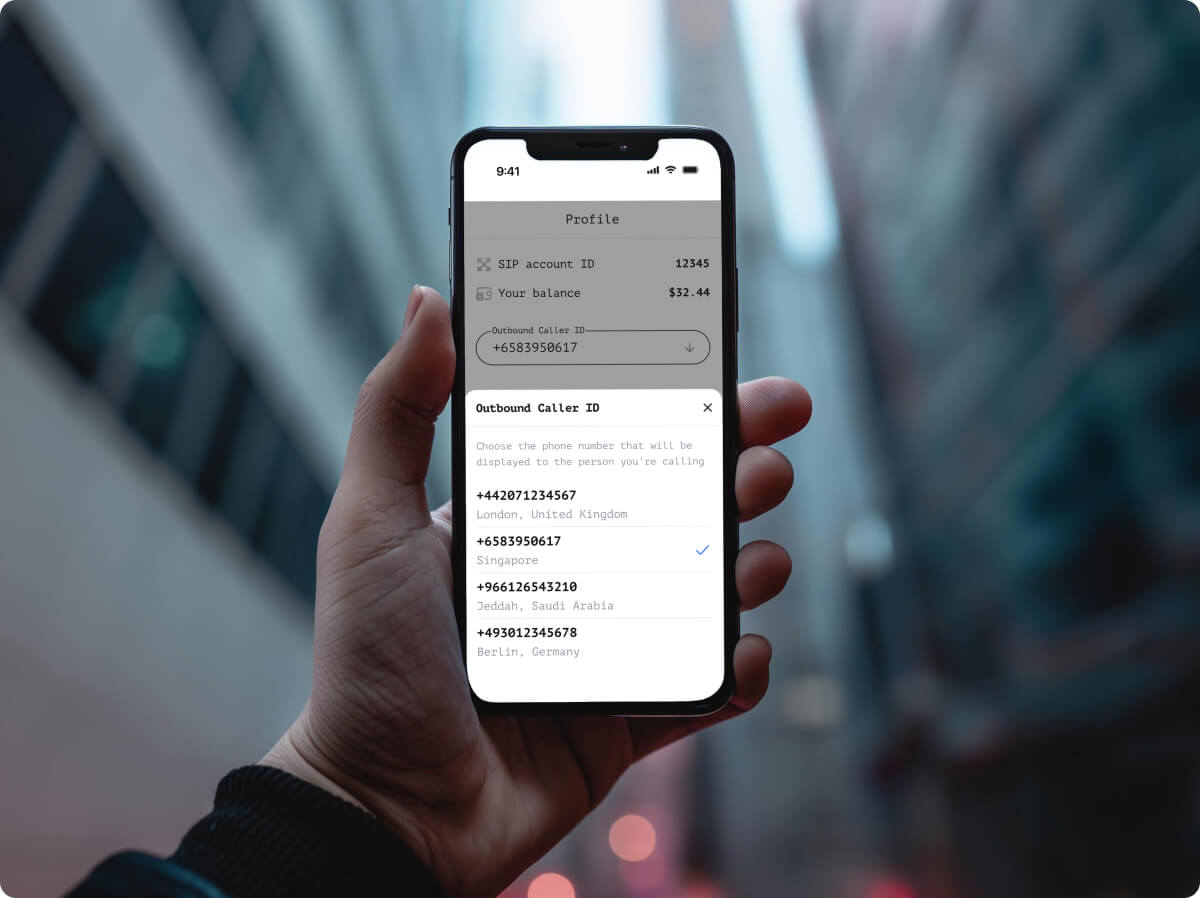
Enterprise Features That Matter Most
Implementation: Switching Your Enterprise to SIP Trunking
PBX/UC compatibility (Avaya, Cisco, 3CX, Microsoft Teams).
Firewalls configured to allow SIP traffic.
Port corporate and regional numbers to DIDlogic.
Test call routing and quality before full migration.
Integrate with CRM and collaboration platforms.
Provide global support and maintenance access.
FAQs
How does SIP trunking improve communication in large enterprises?
It unifies all branches and departments under one global network, which dramatically lowers operational costs while improving call quality across the board. Instead of managing separate phone contracts for your New York headquarters, London office, and Singapore branch, everything runs through a single infrastructure. This means seamless transfers between locations, consistent voice quality, and centralized management that IT teams actually appreciate. Your finance department in Boston can call manufacturing in Munich without thinking about international rates or connection issues. The cost savings are substantial, many enterprises cut telecom expenses by 40% or more compared to traditional carrier contracts. Call routing becomes smarter too, directing customers to available agents regardless of their physical location. It’s perhaps one of the few technology shifts that genuinely simplifies things rather than adding complexity, though the initial migration does require planning.
Do enterprises need separate SIP providers for each region?
No, and honestly that would create unnecessary headaches. DIDlogic provides global coverage, so enterprises can manage all regions under one provider rather than juggling multiple vendor relationships. This means one contract, one billing system, one support team to call when something goes wrong. You’re not dealing with a US provider for North American offices, a separate European carrier for your London and Paris branches, and yet another vendor for Asia-Pacific operations. That fragmented approach creates inconsistent service quality and makes troubleshooting problems between regions nearly impossible. With consolidated global coverage, your IT team has visibility across the entire voice network from a single dashboard. Number provisioning is faster too, you can spin up local numbers in new markets without negotiating fresh contracts. Some enterprises keep regional backup carriers for redundancy, which isn’t unreasonable, but your primary infrastructure should absolutely be unified.
How secure is SIP trunking for enterprises handling sensitive data?
DIDlogic ensures encryption, fraud prevention, and compliance with international data protection standards, though security is always a shared responsibility. The voice data travels encrypted using protocols like TLS and SRTP, making interception extremely difficult for unauthorized parties trying to eavesdrop on calls. Fraud prevention tools monitor for suspicious activity, sudden spikes in international calls, unusual toll fraud patterns, or unauthorized access attempts that target enterprise phone systems. For enterprises operating in Europe, there’s GDPR compliance built into how call records are stored and processed. Companies handling payment data get PCI DSS support, while healthcare enterprises find HIPAA-compliant configurations available. That said, the SIP trunk itself is just one layer. You still need proper firewall rules, strong authentication, and employee training on social engineering threats. Think of it as providing a secure vehicle, but you’re still responsible for driving safely and locking the doors.
What are common challenges when migrating to SIP trunking?
Most challenges involve legacy PBX compatibility and bandwidth optimization, both issues that come up during DIDlogic’s onboarding process. Older phone systems weren’t designed with internet-based calling in mind, so sometimes firmware updates or session border controllers are needed to make everything work together. Bandwidth is trickier than people expect; voice calls need consistent, low-latency connections rather than just raw speed. An office with 50 employees might think their internet is fast enough, but if half the team jumps on calls simultaneously while someone’s uploading a presentation, quality suffers. Quality of Service (QoS) settings prioritize voice traffic, though this requires router configuration that many IT teams haven’t touched before. Number porting takes longer than expected sometimes, moving existing phone numbers from old carriers to the new system. DIDlogic handles the technical pieces, but enterprises need to plan for a transition period rather than expecting instant cutover.
Can SIP trunking integrate with cloud-based systems like Microsoft Teams or Zoom?
Yes, DIDlogic integrates seamlessly with major UC and collaboration platforms that enterprises already use daily. Microsoft Teams Direct Routing is probably the most common integration, employees can make and receive external calls directly through Teams rather than switching between applications. Zoom Phone works similarly, turning your video conferencing platform into a complete phone system. This matters more than it might sound like initially; employees hate juggling multiple apps for communication. When everything lives in Teams or Zoom, adoption rates are dramatically higher. The SIP trunk connects your chosen platform to the public phone network, so customers calling your main number reach employees wherever they’re working. Cisco Webex, RingCentral, and other enterprise UC platforms connect just as easily. The key is that SIP trunking becomes the underlying voice infrastructure while employees interact through familiar interfaces. Some enterprises even run multiple platforms simultaneously for different departments.
What ROI can enterprises expect after switching to SIP trunking?
Typically, enterprises reduce telecom costs by 30–60% while improving uptime and call quality simultaneously, though exact savings depend on your current setup. Companies stuck in expensive legacy carrier contracts or maintaining separate systems per region see the biggest gains. International calling costs drop substantially since voice travels over your private network rather than traditional carriers charging per-minute rates. The savings compound over time as you eliminate hardware refresh cycles for aging PBX equipment and reduce IT staff hours spent managing phone infrastructure. Uptime improvements are harder to quantify financially but matter enormously—fewer dropped calls means fewer lost sales opportunities and better customer experiences. Some enterprises break even on migration costs within 8–12 months, then enjoy ongoing savings afterward. Call quality often improves too, especially for locations that struggled with poor copper line conditions. The ROI calculation should include both hard cost savings and softer benefits like employee productivity gains and customer satisfaction improvements.



